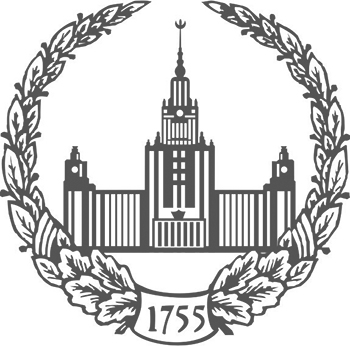Denis Viktorovich Brykovsky
-
Restoration of the raised bogs of the Khanty-Mansiysk Ob region after reclamation of oil-salt-polluted peat soils in 2003-2005Moscow University Bulletin. Series 17. Soil science. 2020. N 3. p.28-38Ekaterina A. Shishkonakova Sergey Ya. Trofimov Nikolay A. Avetov Anna V. Arzamazova Ruslan R. Kinzhaev Denis V. Brykovskyread more1078
-
The process of natural remediation of oil-polluted and salt-polluted raised bogs of KhMAO - Yugra reclaimed 14-16 years ago is analyzed. In general, the revegetation is proceeding successfully, although mesophytic grasses sown during reclamation have almost completely fallen out of the grass stand. In salt-contaminated areas, there is a gradual desalination of peat soil, accompanied by a succession of halophytic (hemigalophytic) plant communities dominated by Calamagrostis epigeios, Eriophorum angustifolium and Phragmites australis with the participation of sphagnum and brown mosses, as well as liverworts. A characteristic feature of these habitats is the settlement of a number of rare protected species ( Heterogemma laxa, Thelypteris palustris, Triglochin maritimum ). In oil-polluted bogs, during the re-vegetation, hydrocarbons often flow from the underlying peat soil horizons to form the surface crust. At the same time, grass stands from Eriophorum angustifolium and some other species with powerful root systems are replacing grass-sedge-cotton grass communities. Sphagnum riparium and Warnstorfia fluitans play also a certain role in the overgrowth of crusted surfaces. Unsuccessful recovery is typical for hollows with difficult runoff in the case of salt-contaminated bogs and the most dry locations in the case of oil - contaminated ones.
Keywords: oil and salt-contaminated soils; raised bogs; reclamation; re-vegetation
-



